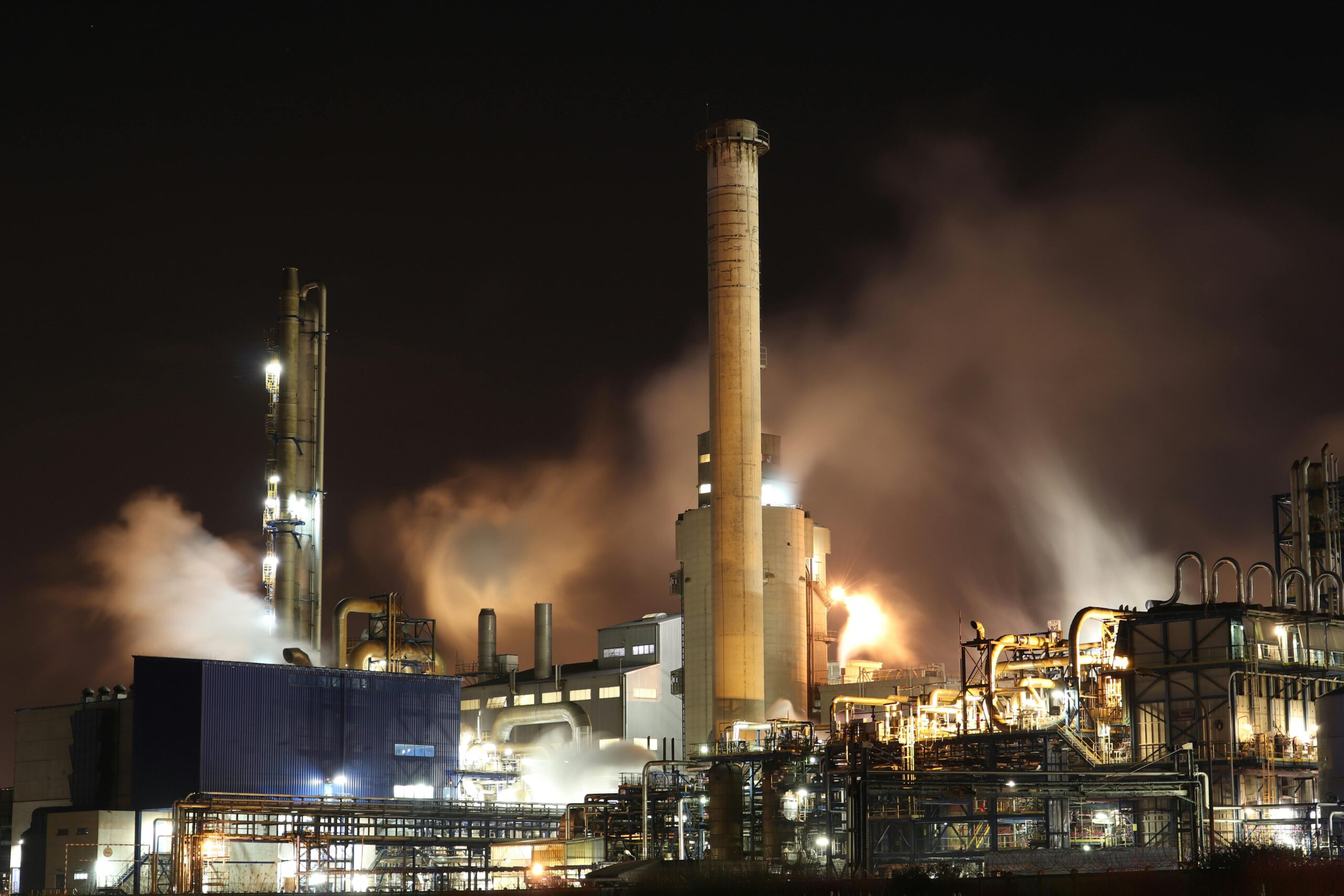The War of 1812, often overshadowed by its more illustrious predecessor, the American Revolutionary War, marked a pivotal moment in the history of American industry. While primarily remembered for its battles and political ramifications, this conflict, which lasted from 1812 to 1815, played a crucial role in reshaping the economic landscape of the United States. The war catalyzed a transformation from a fledgling nation reliant on foreign goods to a burgeoning industrial power. This article explores how the War of 1812, through its economic disruptions and strategic challenges, inadvertently spurred the growth of American industry.
The Prelude to Industrialization
Before the War of 1812, the United States was heavily dependent on imports, particularly from Great Britain. The British blockade of American ports during the war exacerbated this dependency, disrupting trade and creating severe shortages of essential goods. Faced with the reality of being cut off from foreign supplies, American entrepreneurs and policymakers began to recognize the urgent need for domestic industrial capabilities.
The Embargo Act of 1807: A Precursor to Industrial Growth
The Embargo Act of 1807, enacted by President Thomas Jefferson, was an early attempt to address American dependence on foreign goods by prohibiting exports and restricting imports. Although the act was intended to pressure Britain and France into respecting American neutrality, it had unintended consequences. The restrictions it imposed created significant economic hardships, particularly for merchants and farmers. However, this economic pressure forced American industries to innovate and seek self-sufficiency. Factories began to emerge, focusing on producing goods that were previously imported, laying the groundwork for the industrial boom that would follow the War of 1812.
The Impact of the War of 1812
The War of 1812 intensified the need for industrial development. The British blockade of American ports was particularly effective in stifling trade, but it also inadvertently stimulated domestic manufacturing. With access to foreign goods severely restricted, American industries were compelled to expand production to meet domestic demands. The war effort itself further accelerated this process. The need for military supplies, including uniforms, firearms, and ammunition, created a surge in demand for domestic manufacturing.
The Rise of American Manufacturing
One of the most notable effects of the War of 1812 on American industry was the growth of manufacturing capabilities. Prior to the war, American manufacturing was relatively modest and concentrated in a few regions. However, the wartime need for self-sufficiency drove significant investments in industrial infrastructure. Key sectors that saw remarkable growth included textiles, iron, and shipbuilding.
Textile mills, for instance, expanded rapidly during and after the war. The demand for uniforms and other military supplies spurred innovation in textile manufacturing, leading to the establishment of new mills and factories. The iron industry also experienced a boom, as the need for weapons and artillery led to the development of new ironworks. Additionally, the shipbuilding industry, crucial for both wartime and peacetime commerce, expanded significantly, enhancing America’s capacity for naval and commercial shipping.
The Emergence of Industrial Centers
The war catalyzed the growth of industrial centers across the United States. Cities such as Lowell, Massachusetts, and Pittsburgh, Pennsylvania, emerged as significant hubs of industrial activity. Lowell, in particular, became synonymous with the American industrial revolution, with its textile mills setting a standard for efficiency and productivity. Pittsburgh’s iron and steel industries, bolstered by wartime demand, would go on to play a central role in America’s industrial expansion throughout the 19th century.
Post-War Industrialization and Economic Independence
The conclusion of the War of 1812 marked the beginning of a new era for American industry. The war had highlighted the vulnerabilities of relying on foreign goods, leading to a concerted effort to enhance domestic production capabilities. The industrial growth spurred by the war laid the foundation for America’s emergence as a major industrial power by the mid-19th century.
The post-war period saw the continuation of the industrial expansion that began during the conflict. Federal policies, including protective tariffs and infrastructure improvements, further supported the growth of American industry. The creation of the Second Bank of the United States and internal improvements such as roads and canals facilitated commerce and supported industrial development.
Conclusion
The War of 1812, while often overshadowed by other historical events, was a significant catalyst for the growth of American industry. The conflict’s economic disruptions, combined with the necessity for self-sufficiency, prompted a transformation in the United States’ industrial landscape. From the initial hardships of trade blockades to the subsequent rise of manufacturing centers, the war inadvertently set the stage for America’s industrial boom. This period of transformation marked the beginning of America’s journey toward becoming a leading industrial power, a legacy that continues to influence the nation’s economic trajectory to this day.













Recent Comments